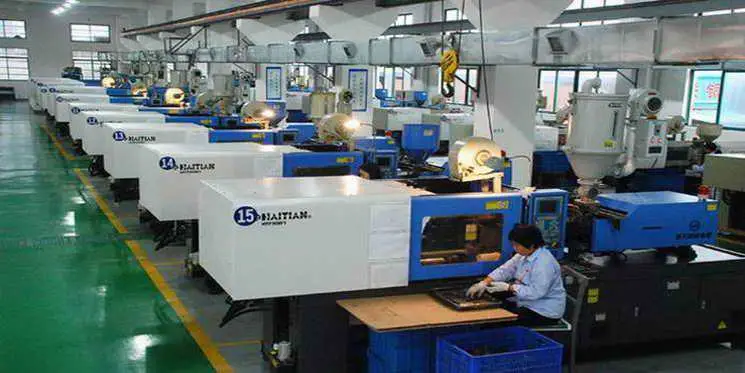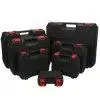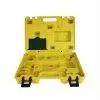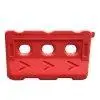Manufacturing Group (China) Limited is a blow molding company in China, has handled hundreds of plastic blow molding manufacturing projects for clients. We focus on execution and quality assurance, and are always customer-centered, process driven, and enthusiastic about China Plastic Blow Molding Manufacturing.
We are your Ideal Partner in Plastic Blow Molding Manufacturing. With more than 18 years of experience in the industry. Our creative team of engineers takes care of every detail to make sure you get the highest quality parts at low cost. It all starts with filling out our Request for Quote form. We take every step possible to ensure the lowest price with the highest quality. You’ll receive your quote quickly, allowing you to make the most of your time.
What is blow molding?
blow molding Process is a kind of plastic manufacturing process that is used to make all kinds of hollow plastic products by inflating a heated plastic tube until it fills a mold and forms the shape. The raw plastic material in this process is a thermoplastic in the form of small pellets or granules, which is first melted and formed into a hollow tube, called the parison. There are all kinds of forming the parison, as explained below. The parison is then clamped between two mold halves and inflated by pressurized air until it achieve the inner shape of the mold cavity. Generally, the typical pressures are 25 to 150 psi, far less than the injection molding. Lastly, after the product has cooled, the mold halves are separated and the product is finished.
Products that made of blow molding are plastic, hollow, such as plastic bottles and plastic containers that are available in a variety of shapes and sizes. Small products may include plastic bottles for water, motor oil, milk and so on, while larger plastic containers include plastic drums, tubs, storage tanks, water tanks and so on. Blow molded parts can be formed from all kinds of thermoplastic materials, including the following:
| 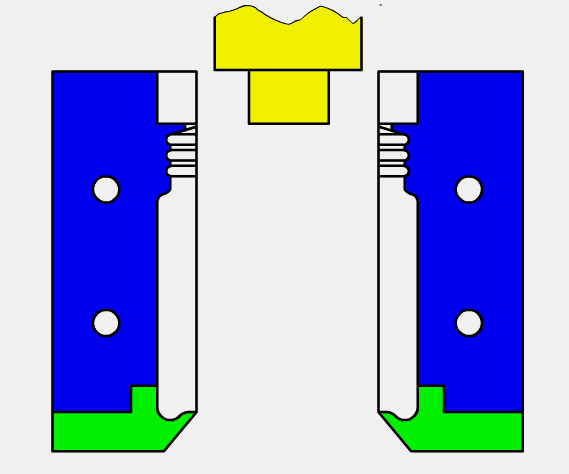 |
Common Uses for Blow Molded Products
blow molding can produce plastic bottles of 0.25L volume or less and can also produce large containers like automobile gas tanks (50L or more.) Inevitably, larger moldings require a bigger machine and are produced at a lower rate than smaller containers.
blow molding is used extensively for consumer packaging of personal care products like shampoo, conditioner and liquid soap. It’s also used for cleaning products and other liquids sold in relatively small containers. Other uses include storage tanks for beer and wine production, oils and lubricants, agricultural feedstocks, and even stadium seating.
Types of blow molding Methods
There are currently three primary methods for producing blow-molded products. Each approach has its own set of advantages and drawbacks, and it is up to manufacturers to choose the method that best meets their needs. These methods are:
- Extrusion blow molding - This is the safest method for producing complicated product shapes. Plastic is melted and then extruded into a hollow tube, also known as a parison, during this process. After closing the parison, the desired form is obtained by blowing air into the warm plastic. The piece is ejected after it has cooled. Continuous or intermittent extrusion blow molding is possible.
- Injection blow molding - Plastic or polymer is inserted into a core pin during this process, and the blow molding machine rotates the pin until the plastic is inflated into the correct form. After that, it is cooled and expelled in a single step. This approach is less used than the other two because it is more time-intensive.
- Injection stretch blow molding - Injection stretch blow molding is a variant on injection blow molding, but it uses less material. Plastic is molded into a solid pre-form during stretch blow molding. This preform is heated and fed into a stretch blow mold machine. After being heated, the object is blown into a plastic container of compressed air. This method is widely used to make soft drink bottles.
Injection Molding vs. blow molding
injection molding, as opposed to blow molding, involves melting plastic and compressing it into a mold. When the plastic cools, it takes on the form of mold.
injection molding forms a concrete course, while blow molding forms an entrance path that can then be filled with liquid. injection molding produces solid plastic, while blow molding produces hollow containers such as bottles and milk jugs.
Since a bucket does not have a small entry point, it is created by injection molding, while a milk jar must be blow-shaped to form the shape to build the small entry point for filling it with liquid.

